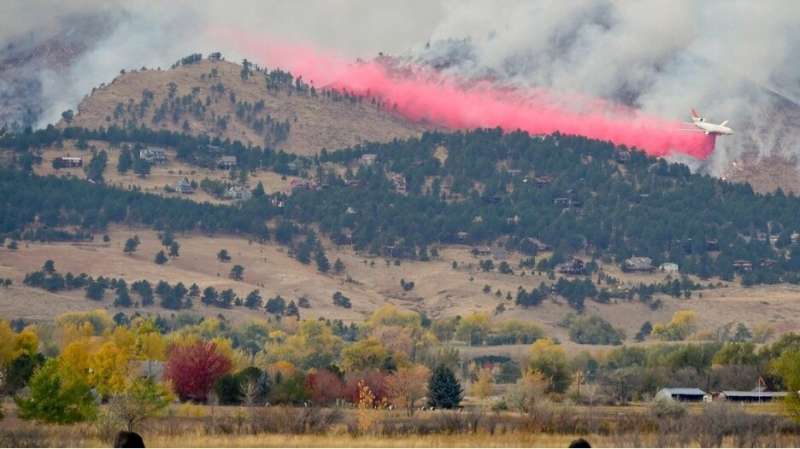
Work published in Science Advances shows that large fires have not only become more common, they are also spreading into new areas, impacting land that previously did not burn.
“Projected changes in climate, fuel and ignitions suggest that we’ll see more and larger fires in the future. Our analyses show that those changes are already happening,” said Virginia Iglesias, a research scientist with CU Boulder’s Earth Lab and lead author of the paper.
To evaluate how the size, frequency and extent of fires have changed in the United States, Iglesias and her colleagues analyzed data from over 28,000 fires that occurred between 1984 and 2018.
The team found that there were more fires across all regions in the contiguous United States in 2005-2018 compared to the previous two decades. In the West and East, fire frequency doubled, and in the Great Plains, fire frequency quadrupled.
The researchers also took a closer look at the most extreme fire events in each region. They found that in the West and Great Plains, the largest wildfires grew bigger and ignited more often in the 2000s.
Finally, the team discovered that the size of fire-prone areas increased in all regions of the contiguous United States in the 2000s, meaning that not only is the distance between individual fires is getting smaller than it was in the previous decades, but also that fires are spreading into areas that did not burn in the past.
Unfortunately, the results also align with other troubling risk trends, such as the fact that development of natural hazard zones is also increasing wildfire risk. “These convergent trends, more large fires plus intensifying development, mean that the worst fire disasters are still to come,” said William Travis, co-author and Earth Lab deputy director.